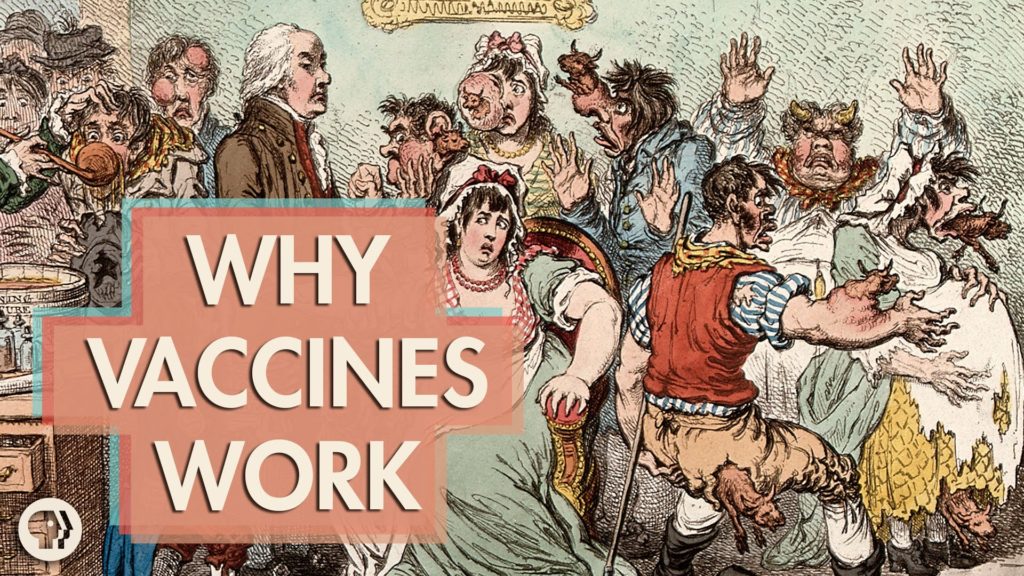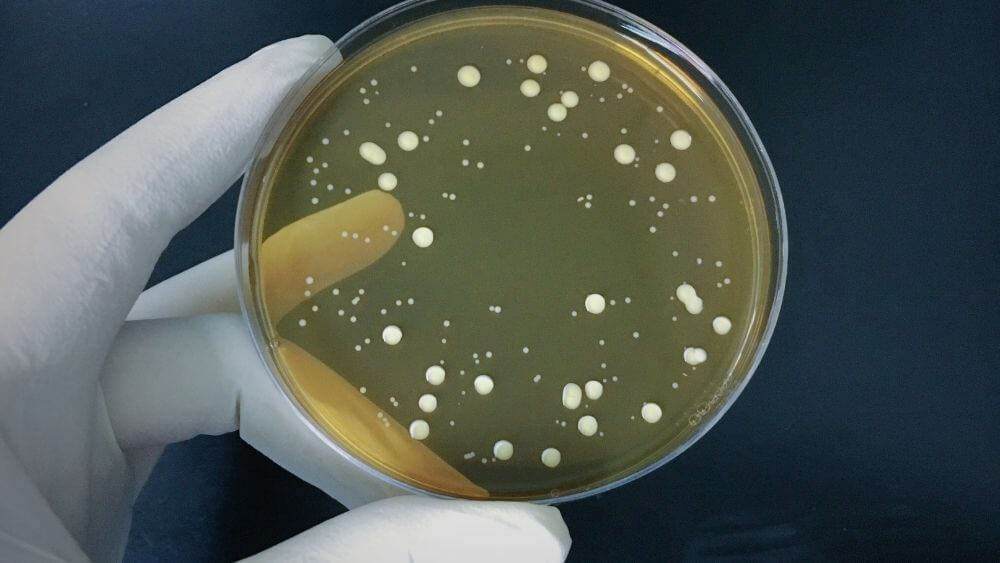Why Vaccines Work

Contents
Understanding How Vaccines Work
Infectious diseases are organism-causing abnormalities, such as bacteria, viruses, fungi, or parasites. Our body is an abode to certain numerous species OF BACTERIA AND FUNGI. They are generally inoffensive and unthreatening or even friendly and helpful. Though some organisms could perhaps cause infection within certain conditions. Such infectious diseases may be circulated to individuals.
A successful immunity to such infectious diseases is a bio-prepare vaccine. A vaccine typically contains a micro-organismic component often rendered of the microbe, its toxins, or its surface proteins, which would be compromised or destroyed.
Vaccines save millions of lives from bacterial and viral infectious diseases. As germs, such as bacteria or viruses, enter the bloodstream, they strike and reproduce. Such invasion, termed an infection, is what causes illness.
The Immune System – Body’s Defence Against Infection
The immune system recognizes several mechanisms to counter such infection. Blood comprises red blood cells, for oxygen transport to organs and tissues, and white or immune cells, for combating infection.
Most of these white cells are macrophages, B-lymphocytes, and T-lymphocytes. It will take several days to build and then use the germ control resources required to get through the infection as when the body experiences the germ for the first time. Following the infection, the immune system recalls what it has learned to defend the body from this disease.
The body retains many T-lymphocytes, referred to as memory cells, which respond rapidly if the body recognizes the same germ again. B-lymphocytes generate antimicrobials to strike them whenever the known antigens are recognized.
What Is Imitation Infections?
Sometimes imitation infections are known to cause mild discomfort, like a fever. These mild symptoms are common and must be anticipated as the body enhances immunity. As soon as the imitation infection disappears, a reserve of T-lymphocytes and B-lymphocytes that recognize how the disease might be counteracted in the future will be restored to the body.
Typically, however, T-lymphocytes and B-lymphocytes are emitted after vaccination within several weeks. Therefore, an individual with a disease just beforehand or immediately after vaccination might display symptoms of becoming diseased, because there wasn’t enough time to provide protection.






Responses